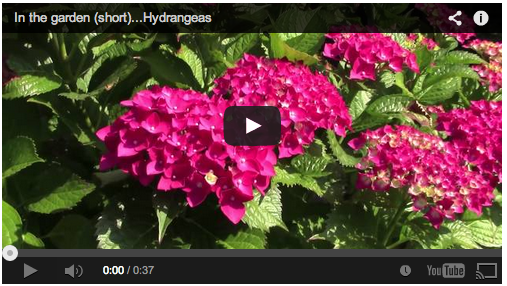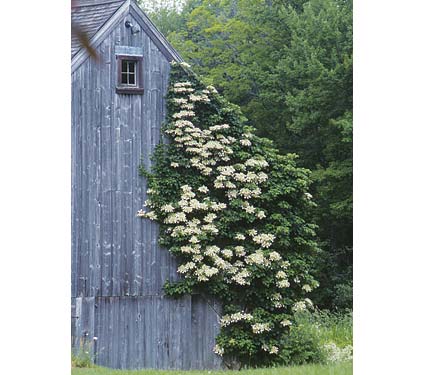Helianthus (sunflower)
A neighbor had a lovely stand of sunflowers that caught my eye on a walk this week. The orange variety was especially striking. I keep meaning to grow sunflowers here, but I never seem to get around to it. Not sure why, but I will keep trying in future years.

Follow DouglasWelch in Instagram
Helianthus L. /ˌhiːliˈænθəs/[2] (sunflower) is a genus of plants comprising about 52 species[3] in the Asteraceae family, all of which are native to North America. The common name “sunflower” also applies to the popular annual species Helianthus annuus.[4] This and other species, notably Jerusalem artichoke (H. tuberosus), are cultivated in temperate regions as food crops and ornamental plants.[5]
The genus is one of many in the Asteraceae that are known as sunflowers. It is distinguished technically by the fact that the ray flowers, when present, are sterile, and by the presence on the disk flowers of a pappus that is of two awn-like scales that are cauducous (that is, easily detached and falling at maturity). Some species also have additional shorter scales in the pappus, and there is one species that lacks a pappus entirely. Another technical feature that distinguishes the genus more reliably, but requires a microscope to see, is the presence of a prominent, multicellular appendage at the apex of the style.
There is quite a bit of variability among the perennial species that make up the bulk of the species in the genus. Some have most or all of the leaves in a rosette at the base of the plant and produce a flowering stem that has leaves that are reduced in size. Most of the perennials have disk flowers that are entirely yellow, but a few have disk flowers with reddish lobes. One species, H. radula, lacks ray flowers altogether.
The domesticated sunflower, Helianthus annuus, is the most familiar species. Perennial sunflower species are not as popular for gardens due to their tendency to spread rapidly and become invasive. — Wikipedia
More information on Helianthus (sunflower):
- Acanthus
- Amaryllis
- Apricot (Prunus armeniaca)
- Azalea
- Banana
- Bonsai
- Bougainvillea
- Brugmansia
- Butterfly (Lepidoptera)
- California Flannelbush (Fremontodendron californicum)
- California Poppy (Eschscholzia californica)
- Calla Lily (Zantedeschia aethiopica)
- Castor Bean (Ricinus)
- Caltapa
- Chives (Allium schoenoprasum)
- Clematis
- Camellia
- Currant (Ribes)
- Dahlia
- Datura
- Japanese Cherry (Prunus serrulata)
- Daffodil (Narcissus)
- Dietes (Fortnight Lily)
- Dudleya
- Echinacea
- Ecualyptus
- Freesia
- Fungi
- Gerbera Daisy
- Grape (Vitis vinifera)
- Hibiscus (Malvaceae)
- Iris
- Jacaranda mimosifolia
- Joshua Tree (Yucca brevifolia)
- Kniphofia “Red Hot Poker”
- Lantana
- Lavender (Lavendula)
- Kousa Dogwood (Cornus kousa)
- Magnolia x soulangeana (Saucer Magnolia/Tulip Tree)
- Marigold (Calendula officinalis)
- Matilija Poppy (Romneya)
- Morning Glory (Convolvulaceae)
- Nandina
- Orange
- Orchid from the Southern California Spring Garden Show 2013
- Oriental Poppy (Papaver orientale)
- Polygonatum (Solomon’s Seal)
- Paperwhites
- Pineapple (Ananas comosus)
- Primula (Primrose)
- Queen Anne’s Lace (Daucus carota)
- Rosa ‘Mikado’
- Rudbeckia
- Salvia
- Squirrel
- Star Jasmine (Trachelospermum jasminoides)
- Succulents
- California Sycamore (Platanus racemosa)
- Sweet Potato (Ipomoea batatas)
- Tomato
- Water Lily (Nymphaeaceae)
- Wisteria






